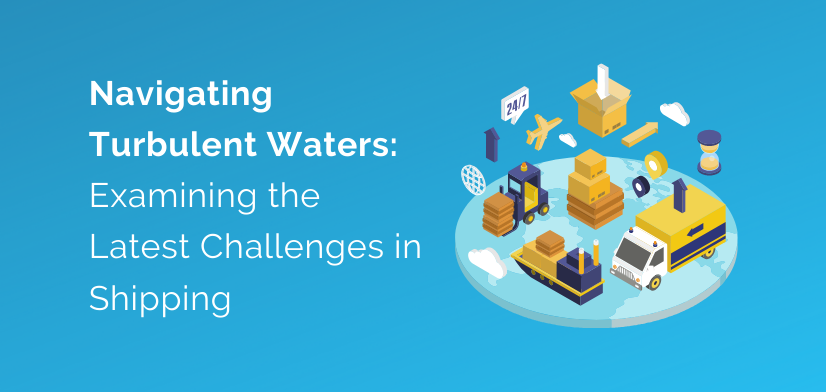Navigating Turbulent Waters: Examining the Latest Challenges in Shipping

Retailers are grappling with escalating shipping costs and supply chain disruptions in 2023, pushing them to explore innovative solutions.
As we settle into 2023, retailers are facing significant challenges when it comes to shipping their products. According to a recent report conducted by Shopify, overall fulfillment costs remain a top concern for merchants. This underscores retailers’ ongoing struggle to balance customer expectations with the realities of logistics and shipping.
These concerns are not unfounded, as shipping costs have continued to rise in recent years. The survey found that 73% of retailers are concerned about the high costs of shipping and fulfillment, which can make it difficult to remain competitive in the marketplace. In fact, nearly half of the merchants surveyed said that shipping costs were their biggest expense, followed by delivery times and order accuracy.
Currently, retailers are facing an issue of idled ships and empty containers. The ocean shipping industry is facing its biggest slump in years, with thousands of ships sitting idle in ports around the world and a shortage of containers to transport goods. Many are stuck in ports due to supply chain disruptions and labor shortages, while others are being used to transport PPE and other essential goods. This has led to a backlog of goods waiting to be shipped and a surge in prices for the containers that are available. All of this has resulted in delays and increased costs for retailers who rely on these methods to move their products.
The rising cost of fulfillment has also left retailers struggling to keep up with orders. As online shopping continues to evolve, retailers are being forced to invest more into their order fulfillment processes. This is putting a strain on tight profit margins, and retailers are forced to find ways to reduce costs. In addition to cost, the rising demand for same-day or next-day delivery is adding to the complexity of order fulfillment, leading retailers to explore more efficient solutions.
With the rising costs of fulfillment and the challenges posed by the shipping industry, retailers are under significant pressure. The ongoing struggle to balance customer expectations with the realities of logistics and shipping will require retailers to create innovative ideas to remain competitive. Continuing supply chain disruptions have further exacerbated the challenge, making it more important than ever for them to find the solutions they need to meet customer demands. Some retailers are exploring alternative modes of transportation, such as rail or air, to avoid the issues plaguing the ocean shipping industry.
